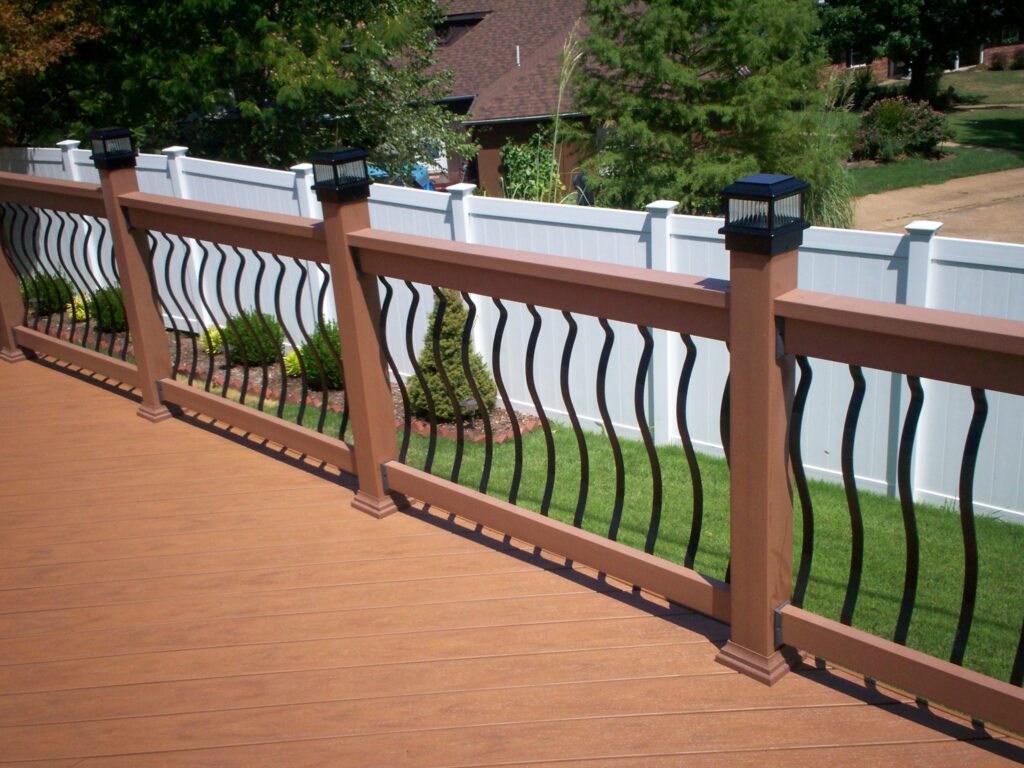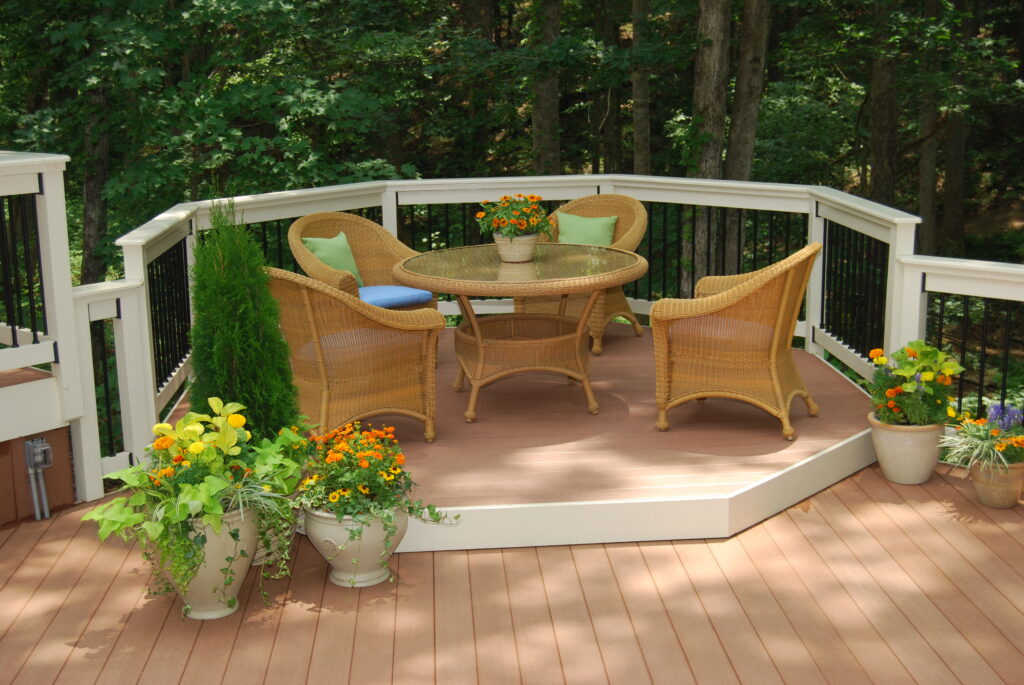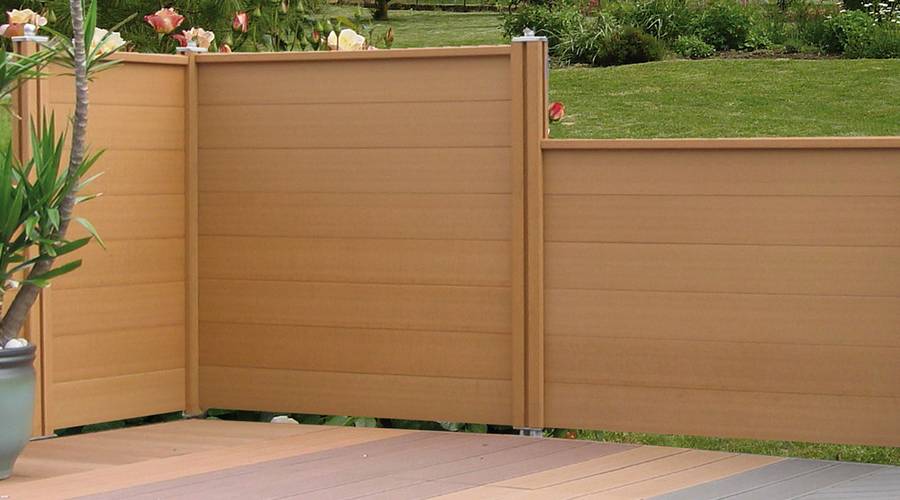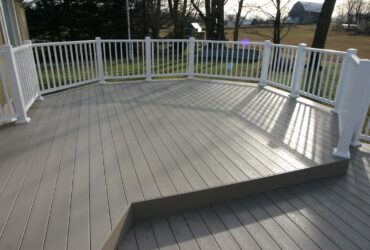Influence Of Pigment Additives On Wood Plastic Composites
Compared with inorganic pigments, organic pigments are brighter in color, and can provide richer and more vivid colors when using a small amount.Organic pigments not only have strong coloring ability, but also have a wide variety of colors, a wide range of choices and applications.It can also improve the bonding strength and compatibility of plant fibers and polymers, and has a better modification effect on composite materials.However, the price of organic pigments is relatively high, and their stability is not as good as that of inorganic pigments. Therefore, appropriate pigments should be selected according to the use conditions of wood-plastic composite products.

Due to the different compositions of organic pigments and inorganic pigments, their properties are also very different. Select appropriate pigments according to different aging methods to improve the weather resistance of composite materials. Effects of organic and inorganic pigments on the properties of wood fiber/high-density polyethylene (WF/HDPE) composites under UV aging conditions. In the coloring process, the same color effect as inorganic pigments can be obtained with a small amount of organic pigments ,Moreover, organic pigments improve the compatibility between plant fibers and polymers, giving them stronger bonding strength.The composite material has high flexibility and obtains a large elastic modulus,However, after UV aging, the MOR of composite materials containing organic pigments decreased by approximately 30%, and that of composite materials containing inorganic pigments decreased by approximately 22%.Moreover, the surface of the material containing inorganic pigments is smoother and the cracks are smaller. It can be seen that inorganic pigments have a better protective effect on composite materials than organic pigments during ultraviolet aging.

Adding organic pigments to composite materials can make wood-plastic composites obtain better color stability and higher bending performance, but the stability, dispersion, hiding power and weather resistance of organic pigments are poor.Although some high-grade organic pigments have better durability and heat-resistant stability, they are expensive and have limited uses. At present, ordinary organic pigments such as azo and phthalocyanines are mainly used in the market.Modification of organic pigments can improve the stability of organic pigments and improve their performance.The application performance of organic pigments can be improved by changing the chemical structure, particle size and distribution of organic pigments or increasing the surface polarity of the pigment particles.It can not only adjust the hue and hue of the pigment, but also improve the light resistance, heat resistance stability, dispersion performance, color fastness, compatibility with the matrix and other properties of organic pigments.The main modification methods include organic pigment encapsulation method, inorganic hybrid modification, hidden pigment technology and surface treatment technology.At present, the commonly used modification method surface treatment technology mostly uses the surface modification of inorganic compounds, that is, the modification treatment is carried out by coating the inorganic compounds on the surface of organic pigments.Use silicon-aluminum gel-modified pigments to improve plastic-wood composites,The results show that wood-plastic composites with modified organic pigments have higher color stability and mechanical stability than wood-plastic composites with unmodified organic pigments.And improve the thermal stability of composite materials.

Wood-plastic composite materials not only enable resource reuse but also have excellent performance and are widely used around the world. However, the aging of plastic-wood composite materials will lead to irreversible loss of material performance until the material completely fails, posing serious safety hazards. At present, there have been a lot of research on the weather resistance of plastic wood at home and abroad. Adding pigments has also been proved to be an effective method to improve the aging resistance of plastic wood composite materials. According to the performance requirements of plastic wood products, choose the appropriate pigment to improve its performance. . However, the effect of pigments on the aging resistance of plastic wood still needs to be further explored, such as how to modify the pigments to improve the dispersion, stability, compatibility and other properties of the pigments to maximize the protective effect of the pigments;The functional modification of pigments to plastic wood needs to continue to invest time and energy in research;In addition, the impact of the comprehensive effect of pigments, other fillers and additives as well as the synergistic effect between pigments on the aging resistance of wood-plastic composites is also worth exploring. With the development of science and technology and in-depth research on wood-plastic composites, the functional modification of wood-plastic composite materials is becoming more and more perfect, and higher-quality wood-plastic composite products will be produced, ushering in a broader market.

